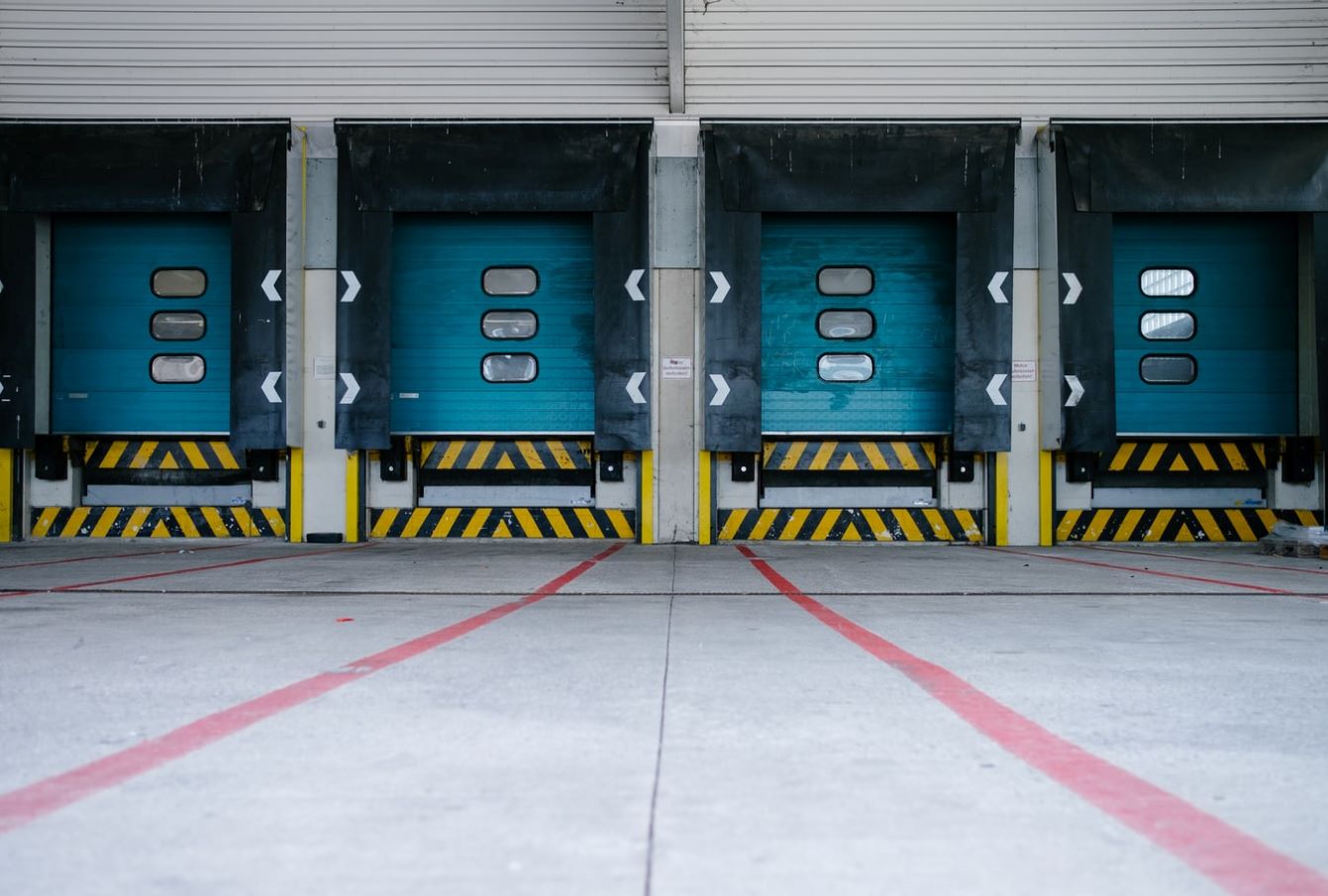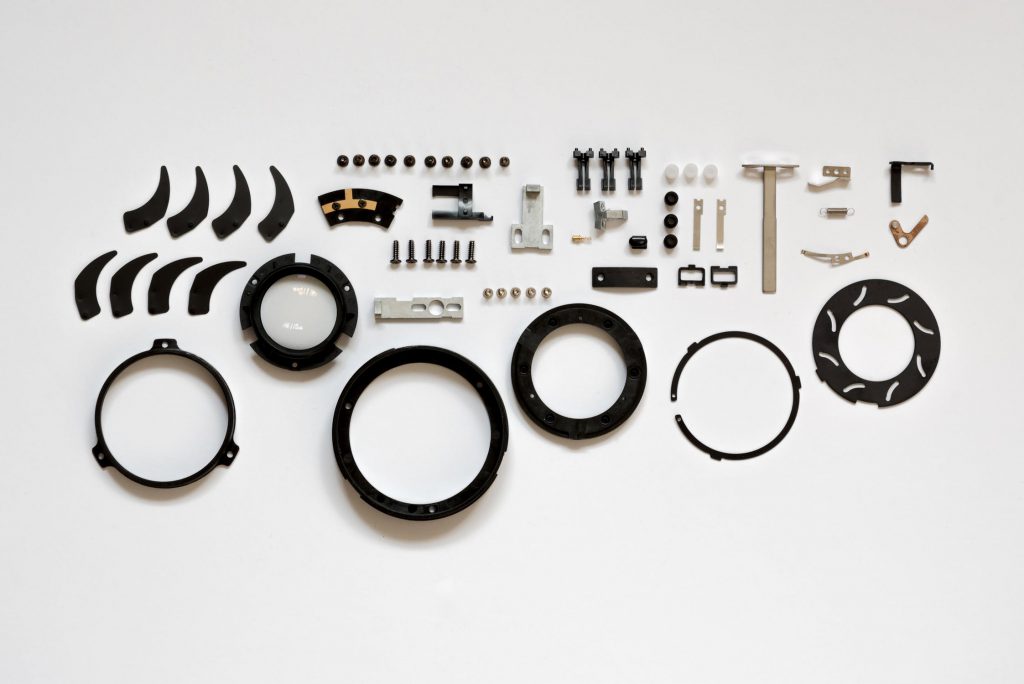 Green revolution and ecological transition – Recovery Plan
Green revolution and ecological transition – Recovery Plan
Which are the opportunities coming from the recovery plan? The second mission of the Recovery Plan “Green Revolution and Ecological Transition” provides for a resource amount of 69.8 billion.
The recovery plans aim to reduce emissions, improve energy efficiency, protect and preserve Italy in order to deliver it better to the Next Generations. This plan focuses on territory, waters, seas, cultural and landscape heritage, cities and forests.
The “Green Revolution and Ecological Transition” is allocated the largest share of resources: 68.9 billion euros. They range from green hydrogen to renewable energies, from cycle routes to afforestation to waste recycling. In particular, the resources allocated to the ecological transition will be divided into 4 components:
 Sustainable agriculture and circular economy – 7 billion euros
Sustainable agriculture and circular economy – 7 billion euros
The objectives of this component are:
- Achieve a sustainable agri-food chain, improve the competitiveness of farms and their climate-environmental performance and strengthen the logistics infrastructure of the sector.
- Make the waste management system performant, with emphasis on production of secondary raw materials to be used in different industrial sectors minimizing waste disposal.
- Implement the circular economy paradigm, minimizing environmental impact also regarding the global warming (reduction of pollutants and CO2) and creating jobs linked to the green economy. Circular economy principles should also be applied to the agricultural sector, implementing practices on conversion of waste into biogas and biomethane.
 Renewable energy, hydrogen and local sustainable mobility – 18,22 billion euros
Renewable energy, hydrogen and local sustainable mobility – 18,22 billion euros
The overall objective of this component is to achieve the strategic goals established in The European Green Deal strategy (COM/2019/640 final) and in the Italian National Energy and Climate Plan, leveraging reforms and investments in two main sectors (energy, transportation) which are responsible, when combined, for about 50% of the total GHG emissions in Italy.
 Energy upgrading and renovation of buildings – 29,55 billion euros.
Energy upgrading and renovation of buildings – 29,55 billion euros.
The objectives of this component are:
- Green Transition: the energy requalification of buildings can reduce energy consumption, increase efficiency energy and reduce the GHG emissions of CO2, improving environmental and health performance.
- Jobs and growth: efficiency improvements and redevelopment of buildings stimulate investment, create new jobs, promote the adoption of digital technologies and improve the resilience of the real estate portfolio to support SMEs.
- Social resilience: the interventions to improve the efficiency of buildings aim to renovate the existing building stock and alleviate the problems of energy poverty by reducing energy bills, while improving the affordability of housing and living conditions.
 Protection of land and water resources – 15,03 billion euros
Protection of land and water resources – 15,03 billion euros
The safety of the territory, intended as the availability of water resources, the elimination of soil and water pollution and the mitigation of hydrogeological risk, is a fundamental aspect for protecting the health of citizens and for attracting businesses, investors and tourism.
The objectives of this component are:
- Prevent and contrast the effects of climate change on hydrogeological instability phenomena and on the vulnerability of the territory in urban areas;
- Guarantee the security of water supply for drinking, irrigation and industrial purposes and the reduction of water dispersions;
- Ensure the sustainable management of water resources along the entire cycle and the improvement of the environmental quality of inland and maritime waters.





